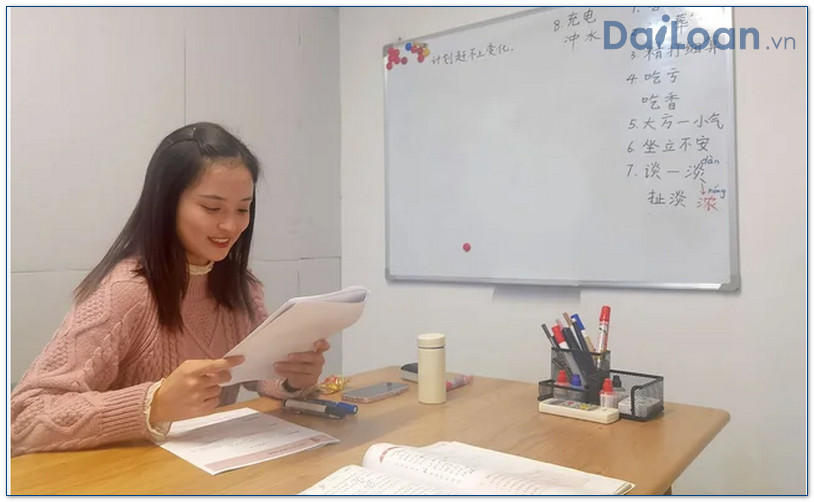The world of the Chinese language is rich and complex, with each character holding historical and cultural significance. One such character is 帖 (tiě), which has fascinating meanings and uses. In this article, we will delve into the meaning of 帖, its grammatical structure, and provide example sentences to help you understand how to use it in context.
What Does 帖 (tiě) Mean?
帖 (tiě) predominantly refers to a note, a slip of paper, or a post, but its use can vary greatly depending on the context. Traditionally, it has been associated with sending written messages, particularly in a formal or ceremonial context. Below are some of the core meanings:
- Note or Message: A written communication often used in formal situations.
- Invitation: In some contexts, 帖 can refer to an invitation card for events.
- Slip or Sheet: It can also represent a sheet of paper used for writing or posting messages.
Grammatical Structure of 帖 (tiě)
The grammatical structure of 帖 (tiě) is straightforward, but understanding its usage can enhance your mastery of the language. Here are essential points to consider:
Part of Speech
帖 is primarily used as a noun. However, it can also be employed in verbal phrases when combined with certain verbs.
Common Combinations
When used in combinations, 帖 can pair with verbs like 发 (fā – to send) or 收 (shōu – to receive) to form phrases such as:
- 发帖 (fā tiě) – to send a note/message
- 收到帖 (shōu dào tiě) – to receive a message
Example Sentences Using 帖 (tiě)
Here are several sentences that exemplify the use of 帖 (tiě) in context, along with their English translations:
1. 发了一帖请柬给你。
(Fā le yī tiě qǐng jiǎn gěi nǐ.)
I sent you an invitation note.
2. 他在微信群里发了一个帖。
(Tā zài wēi qún lǐ fā le yī gè tiě.)
He posted a message in the WeChat group.
3. 我从她那儿收到了一帖感谢信。
(Wǒ cóng tā nàr shōu dào le yī tiě gǎn xiè xìn.)
I received a thank-you note from her.
4. 会议结束后,我们会发一帖总结。
(Huì yì jié shù hòu, wǒ men huì fā yī tiě zǒng jié.)
After the meeting, we will send out a summary note.
5. 在这个帖子里,有很多有趣的信息。
(Zài zhè gè tiě zǐ lǐ, yǒu hěn duō yǒu qù de xìn xī.)
This post contains a lot of interesting information.
Conclusion
Understanding the character 帖 (tiě) opens up various avenues for communication in Mandarin. Whether you’re sending a formal note or participating in a discussion online, knowing how to use this character effectively can enrich your language skills. With practice, you’ll find it integrated into your vocabulary, enabling you to convey messages with confidence and clarity.
By combining the meanings, grammatical structures, and practical sentences provided in this article, you are now well-equipped to navigate discussions that require the use of 帖 (tiě). Happy learning!

Sứ mệnh của Chuyên là giúp đỡ và truyền cảm hứng cho các bạn trẻ Việt Nam sang Đài Loan học tập, sinh sống và làm việc. Là cầu nối để lan tỏa giá trị tinh hoa nguồn nhân lực Việt Nam đến với Đài Loan và trên toàn cầu.
CÓ THỂ BẠN QUAN TÂM
Du học Đài Loan
Lao Động Đài Loan
Việc Làm Đài Loan
Đơn Hàng Đài Loan
Visa Đài Loan
Du Lịch Đài Loan
Tiếng Đài Loan
KẾT NỐI VỚI CHUYÊN
Zalo: https://zalo.me/0936126566
Website: www.dailoan.vn




